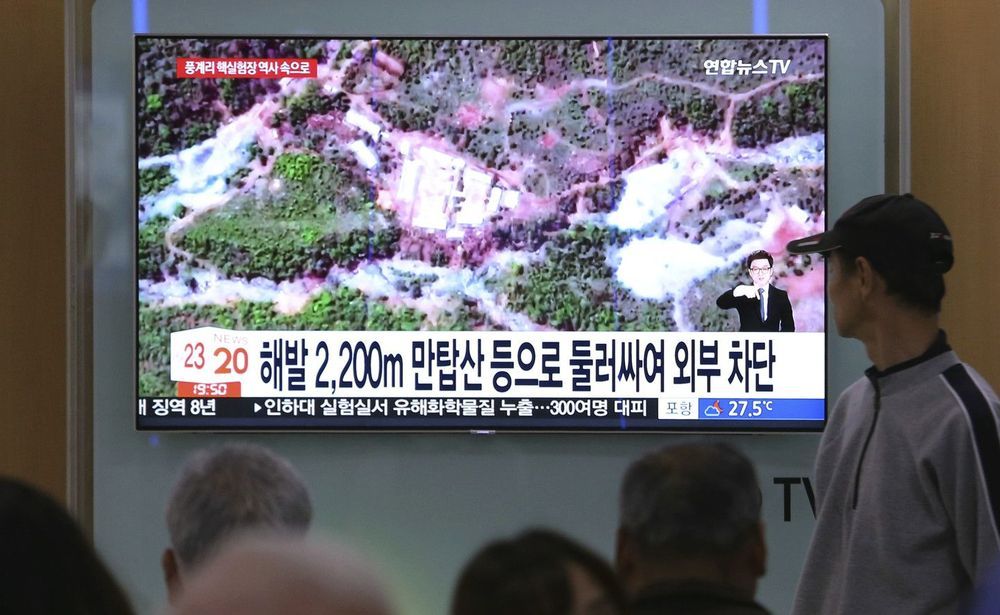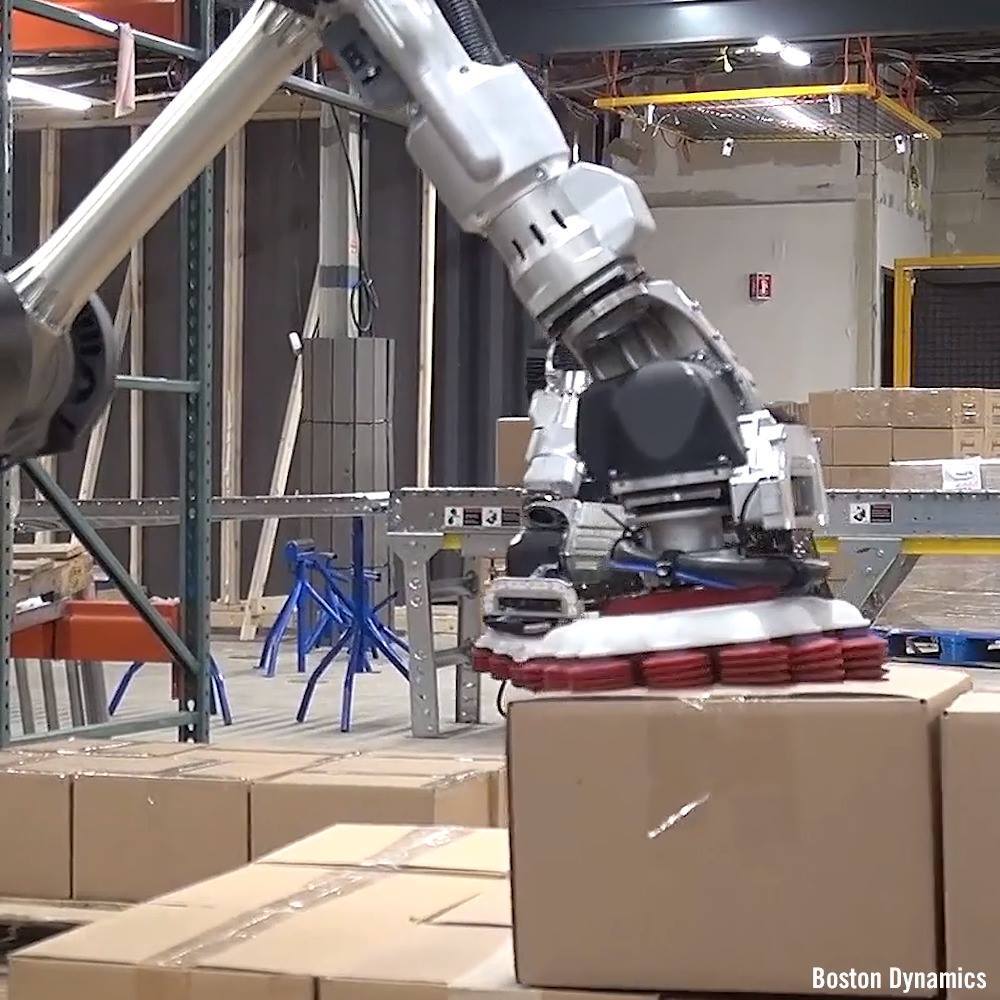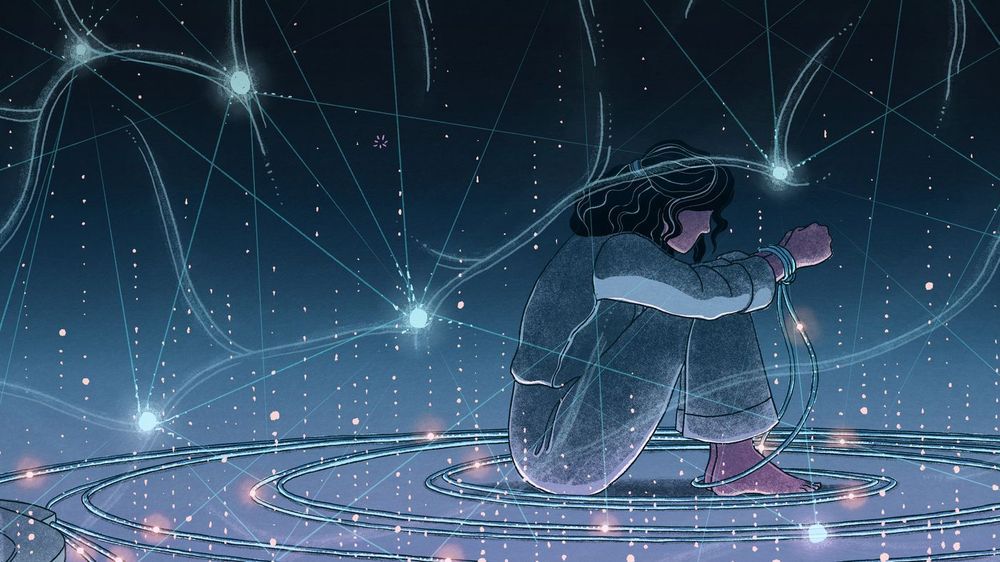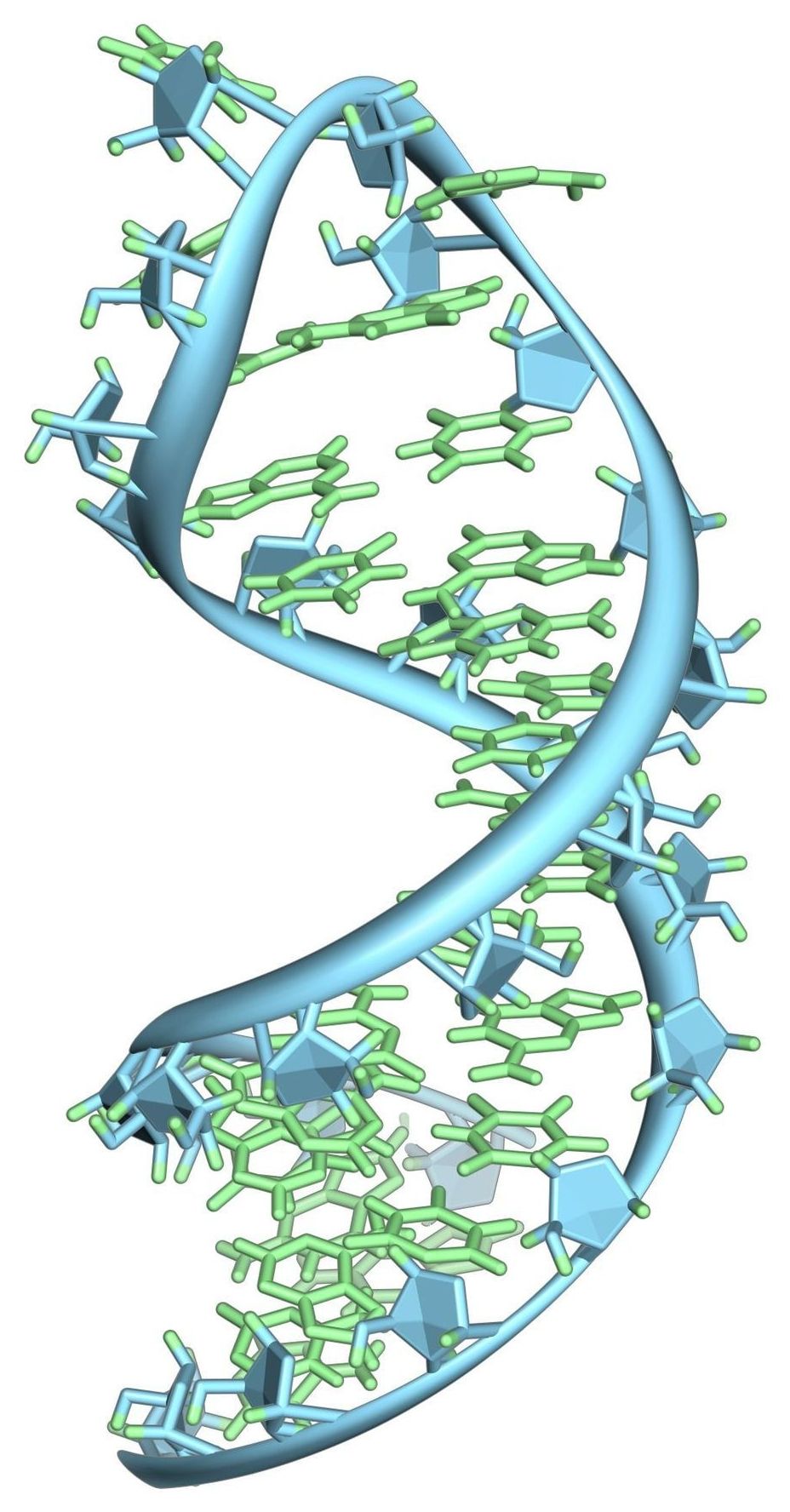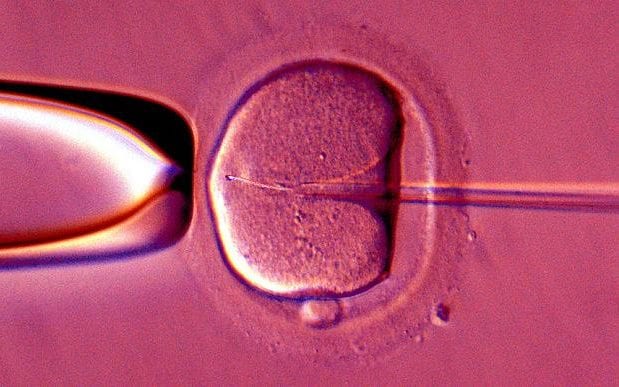Apr 1, 2019
How to ice-proof the next generation of aircraft
Posted by Genevieve Klien in categories: energy, transportation
35,000 feet is standard cruising altitude for a commercial jet airplane, but at those lofty heights the air temperature plummets below −51 degrees Celsius and ice can easily form on wings. To prevent ice formation and subsequent drag on the aircraft, current systems utilize the heat generated by burning fuel. But these high-temperature, fuel-dependent systems cannot be used on the proposed all-electric, temperature-sensitive materials of next-generation aircraft.

